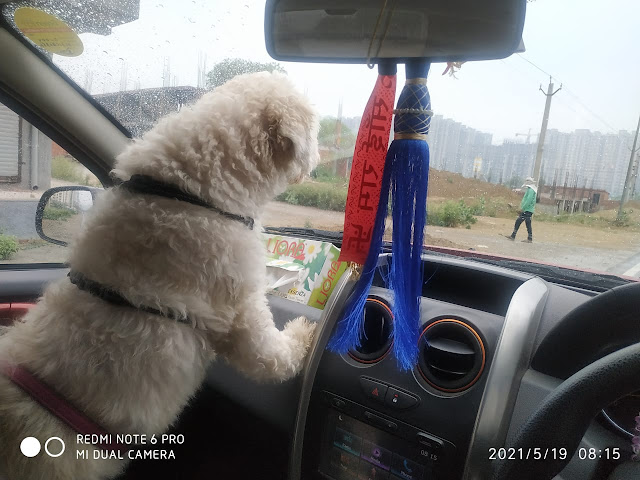Ramesh Kumar from Greater Noida
In mid-May 2021, the King of Netherlands Willem-Alexander threw his weight behind an exhibition in Amsterdam. Opening of exhibitions by the Royalty or powers that be anywhere in the world does not raise eyebrows. But the Dutch King's action was an atonement for the crime the Dutch wholeheartedly committed in 17th century. The crime: slavery. That too neck deep.
Significantly, the Netherlands is split into those who prefer the Dutch should apologise for its wrongdoings 400 years ago and those who say, "Nee" ("No" in Dutch). King has done it already. Not the political parties: ruling or otherwise.Like the British, the French and the Portuguese even Dutch nursed global ambitions. Taking a cue from the British which created the British East India Company advocating global trade in 1600, the Dutch followed suit two years later with its own edition of Dutch East India Company. Of course, its focus was on Indonesia in the east and Latin America, the Caribbean to its west.
Human trafficking or slave trade was a lucrative business in ancient time. History is full of details. Talking about the Netherland's own interest in this business, it is catalogued that Dutch traders shipped over 600,000 Africans to north and South America and between 660,000 and 1.1 million people around the Indian ocean.
The exhibition at the Rijksmuseum in Amsterdam, currently open, showcases 140 objects, ranging from two Rembrandt Harmenszoon van Rijn portraits of married and lavishly wealthy owners of enslaved people to a display of ankle chains, examines 10 lives caught up in the Dutch slave trade between the early 17th century and 1863, when the practice was finally made illegal in Suriname and the Antilles.
Just not Rembrandt (1606-69) alone. Hendrik van der Burch (1627-64), a Rembrandt's contemporary, through his The Card Players (see painting alongside) captures the presence of a young black slave kid serving the players, thus registering the prevalence of Dutch employing slaves brought from Africa for work in the 17th century.
It is worthwhile to listen to what Timothy Brook wrote about this painter and this painting in his 2009 classic Vermeet's Hat, Indira's Net and the Dawn of Globalisation:
"... Van der Burch shows that Africans had been coming in small numbers to Europe since the 15th century, but their numbers were increasing noticeably in the Low Countries in the 17th century. Africans arrived as sailors, laborers and servants in the port cities of Antwerp and Amsterdam but most of all as slaves. ... Van der Burch was not the exception among Dutch painters in including a black servant in his painting. Many Dutch artists painted Africans, usually within domestic settings, indicating that these slaves were not kept apart from the white families that owned them. In fact, those who owned black child servants (and they are usually boys) wanted to show off what they possessed. It was not unlike having an artist put a favourite Chinese vase into the painting you commissioned. It signalled your wealth, your good bourgeois taste and ... your superiority".
Dutch deployed ships to transport slaves. Thanks to Dutch historian Mark Ponte, the deployment of Beeckestijn has to come to light linking with slave trade. He writes: "The only known contemporaneous drawing of a Dutch West India Company slave ship from the early 1700s in which more than 1,000 people died has been identified and is being exhibited as part of a wider attempt by the city of Amsterdam to reckon with its past. The Beeckestijn transported about 4,600 slaves from the African west coast to the Dutch colonies of Suriname and St Eustatius over seven voyages to South America and the Caribbean between 1722 and 1736. At least 1,000 slaves died on board."
A lot more can be told the Dutch slave trade. But let's move on to explore other practitioners and victims as well.
Here's an interesting passage from the Cambridge History of Iran Volume 4 (1975). "During the course of the 3rd-9th century, the military basis of the Abbasid caliphate was completely transformed. Instead of relying n their Khurasanian guards, or on the remnants of an even earlier system, that of the militia of Arab warriors, the Caliphs came to depend almost wholly on "slave troops". These included such varied races as Arabs, Berbers, black Sudanese, Balkan Slavs, Greeks, Armenians and Iranians, but Turks from Central Asia were the most prominent of all. Much of the economic prosperity of the Samanid state was built on the slave trade across its territories, for the demand for Turkish slaves was insatiable"...
Let's dive deep in the next dispatch. Stay tuned.





